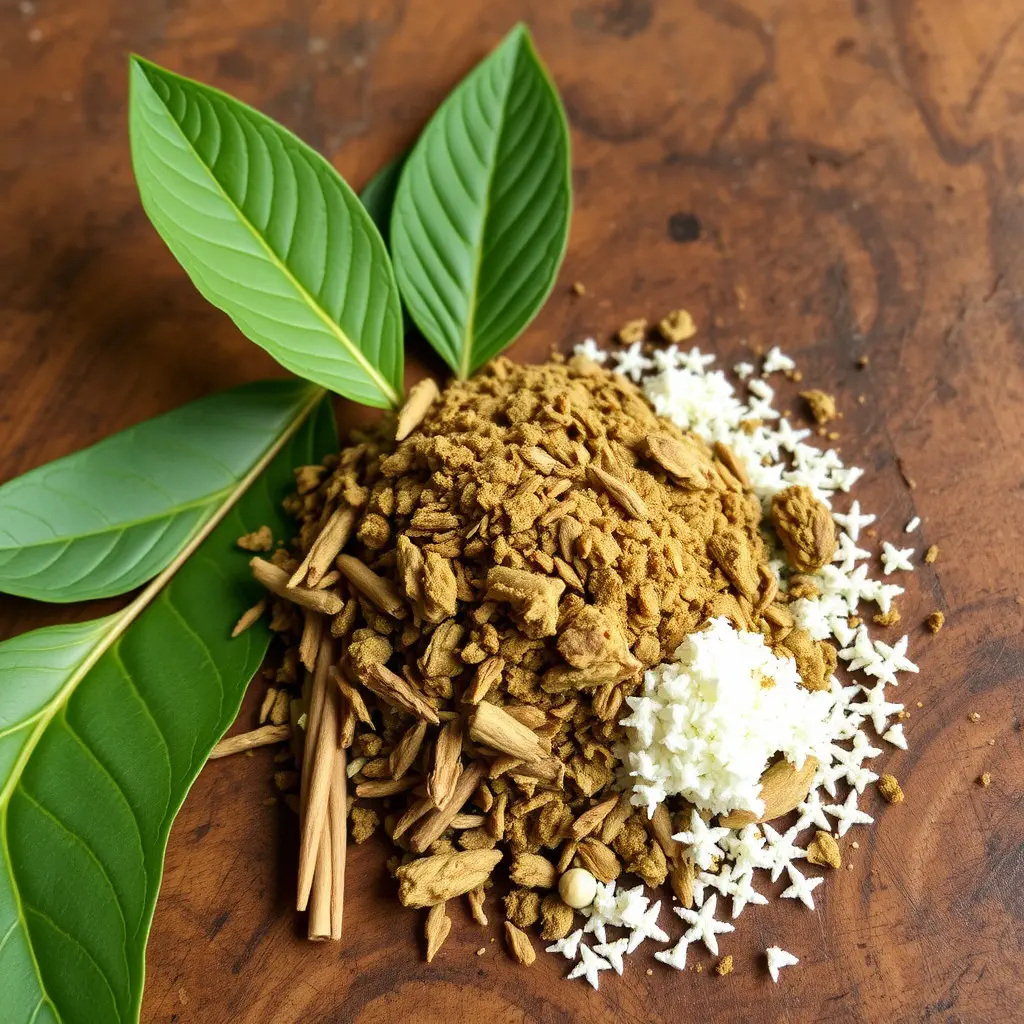2023 has seen kratom, a Southeast Asian plant with stimulant and sedative properties, become a topic of interest among athletes seeking to enhance performance through its alkaloids, mitragynine and 7-hydroxymitragynine. The Indiana kratom law, as per the Indiana State Kratom Consumer Protection Act, sets out labeling requirements for consumer safety. However, athletes in Indiana must navigate not only this state legislation but also comply with anti-doping regulations, as kratom is currently listed as a prohibited substance by the World Anti-Doping Agency (WADA). This means that any use of kratom could lead to sanctions or disqualification in competitive sports. Given the legal status and ongoing safety evaluations, athletes considering kratom for its potential anti-inflammatory, pain management, and energy effects are advised to exercise caution, seek professional medical advice, and stay informed about the evolving regulations to ensure compliance with both state laws and their respective sport's anti-doping policies. The integration of kratom into athletic training and competition requires a careful and responsible approach, emphasizing the importance of understanding its legal status and health implications within the context of competitive sports.
Exploring the nuanced relationship between kratom and athletic performance, this article sheds light on how this botanical substance can potentially be leveraged for enhancement. We delve into the scientific underpinnings of kratom’s effects, providing a comprehensive understanding of its role in athletic pursuits. With a focus on Indiana’s specific legislation regarding kratom use—a critical aspect for athletes competing within its borders—readers will gain essential insights into compliance and safety. Furthermore, ethical considerations are highlighted to ensure responsible use aligned with sporting regulations. This article is an indispensable guide for athletes considering kratom as part of their performance strategy, offering a balanced view that respects both the spirit and the letter of Indiana’s kratom law.
- Understanding Kratom and Its Role in Athletic Performance Enhancement
- Navigating Indiana's Kratom Legislation: What Athletes Need to Know
- Safe and Ethical Considerations for Athletes Using Kratom as a Performance Enhancer
Understanding Kratom and Its Role in Athletic Performance Enhancement

Kratom, a tropical deciduous tree native to Southeast Asia, has garnered attention within athletic communities for its potential role in performance enhancement. The primary active compounds found in kratom leaves are mitragynine and 7-hydroxymitragynine, which are known for their stimulant and sedative properties. These alkaloids interact with the body’s opioid receptors, influencing pain perception, mood elevation, and energy levels, which can be beneficial for athletes seeking to optimize their performance.
In the realm of athletic endeavors, kratom is believed to provide a boost in stamina and endurance, potentially aiding in prolonged exercise by delaying fatigue. Additionally, it may assist with recovery due to its anti-inflammatory properties. However, it’s crucial for athletes to be aware of the legal status of kratom in their jurisdiction. For instance, Indiana has established specific kratom laws that dictate its use and possession. Understanding these regulations is imperative for athletes who consider incorporating kratom into their training regimen. It’s also essential to note that while some anecdotal evidence suggests positive effects, the long-term safety and efficacy of kratom in enhancing athletic performance are still under scrutiny. Users should approach its use with caution and consult with healthcare professionals or sports scientists to ensure compliance with health and performance standards.
Navigating Indiana's Kratom Legislation: What Athletes Need to Know

Indiana’s stance on kratom, a plant-based supplement often used for its stimulant and sedative effects, has been a subject of debate and legislative action. As of the knowledge cutoff in early 2023, kratom is not explicitly illegal at the federal level in the United States, but its legal status varies by state and city. In Indiana specifically, the regulation of kratom is governed by the Indiana State Kratom Consumer Protection Act. This act sets guidelines for the sale and distribution of kratom products within the state’s boundaries, including strict labeling requirements to ensure consumer safety. Athletes considering the use of kratom must be aware that while the substance itself may not be outright banned in Indiana, its use is subject to the regulations and testing protocols imposed by sports leagues and organizations they participate in. For instance, the World Anti-Doping Agency (WADA) periodically updates its list of prohibited substances, and kratom has been on this list in the past. Therefore, it is crucial for athletes to verify the current status of kratom within their sport’s anti-doping policies before incorporating it into their regimen, as a positive test could lead to sanctions or disqualification. Navigating Indiana’s kratom legislation requires careful attention to both state laws and the specific regulations of any competitive athletic organization an individual is involved with. Staying informed on the evolving legal landscape and potential implications for performance and eligibility is essential for athletes in Indiana who may be considering using kratom.
Safe and Ethical Considerations for Athletes Using Kratom as a Performance Enhancer

When integrating kratom into an athletic regimen for performance enhancement, it is imperative to consider the legal landscape and potential health implications. As per the Indiana kratom law, the status of kratom use varies across different states within the U.S., with some classifying it as a controlled substance and others allowing its sale and consumption under specific regulations. Athletes must familiarize themselves with the local legislation to avoid inadvertent violations of drug policies, which can lead to disqualification or legal consequences.
From an ethical standpoint, athletes are expected to maintain the integrity of their sport by adhering to fair play principles. Kratom’s effects on alertness and pain management could be seen as a competitive advantage, but its use must be carefully weighed against the World Anti-Doping Agency (WADA) regulations and other sports governing bodies’ guidelines. Athletes should consult with healthcare professionals before incorporating kratom into their training or competition routines to ensure that it does not conflict with prohibited substances lists and to assess individual health risks. Additionally, the long-term effects of kratom use on athletic performance and overall well-being are still under investigation, necessitating a cautious approach. Athletes should prioritize their safety and abide by ethical guidelines to maintain the respect of peers, fans, and governing bodies within their sport.
In conclusion, the potential of kratom to influence athletic performance enhancement has sparked significant interest among athletes, particularly within the context of Indiana’s regulatory framework. As detailed throughout this article, understanding kratom’s role in performance enhancement is paramount for athletes considering its use. It is equally crucial to navigate Indiana’s specific kratom legislation, which outlines legal boundaries and responsibilities. When integrating kratom into training regimens, athletes must adhere to strict safety and ethical guidelines to avoid potential risks and maintain fair play. Given the evolving nature of both the scientific understanding of kratom and the legislative environment surrounding it in Indiana, athletes should remain informed and vigilant. This article aims to equip readers with the necessary knowledge to make informed decisions regarding the use of kratom as a performance enhancer, always within the bounds of the law and with consideration for their health and well-being.






